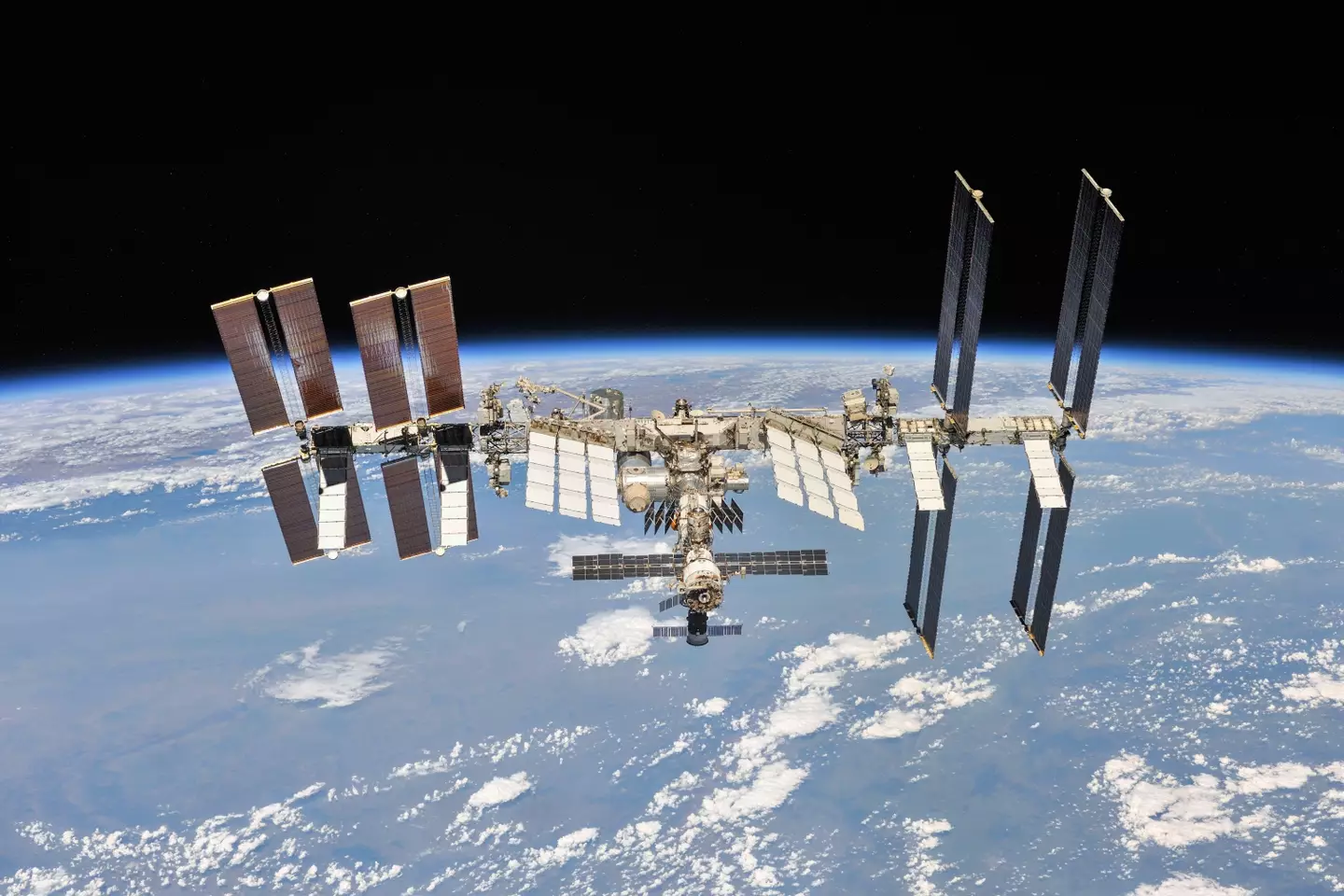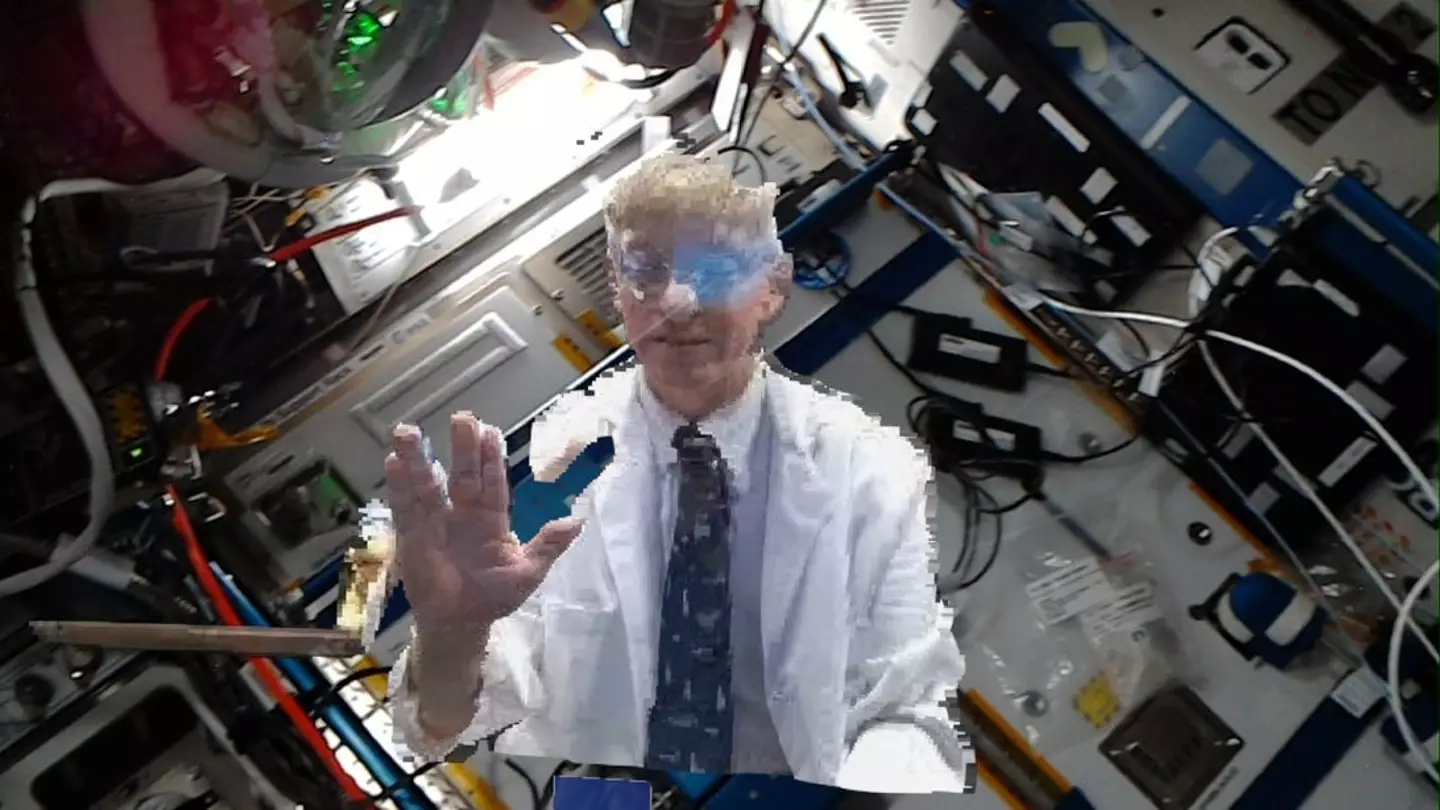
NASA virtually transported a doctor beyond planet earth to the International Space Station in a first-of-its-kind futuristic feat aptly named ‘holoportation’.
In October 2021, NASA holoported flight surgeon Dr Josef Schmid into space while his physical body remained safely planted on planet earth.
The sci-fi-sounding technology, which is an amalgamation of the words ‘hologram’ and ‘teleportation’, saw Schmid joined by Fernando De La Pena Llaca, the CEO of AEXA Aerospace, which is an organisation that helped develop the holoportation equipment.
"It is a brand-new way of human exploration where our human entity is able to travel off the planet," Schmid said in a statement.
Advert
"Our physical body is not there, but our human entity absolutely is there."

The technology isn’t totally new, however, as Microsoft previously came up with the idea years ago in the hopes of revolutionising sectors like advertising, terrestrial hospital care and education.
But NASA’s first holoportation journey really took things to the next level.
Advert
Prior to their trans-dimensional trip, high-quality 3D models were created for each of the travellers, which were then digitally compressed, transmitted and reconstructed in the spaceborne lab.
Microsoft’s HoloLens, which was present aboard the International Space Station, then allowed the holoporters and astronauts to see, hear and interact with each other as though some of them weren’t currently situated on planet earth.

After enjoying a lengthy two-way conversation, Astronaut Thomas Pesquet even holographically shook hands with Schmid and De La Pena.
Advert
"We'll use this for our private medical conferences, private psychiatric conferences, private family conferences and to bring VIPs onto the space station to visit with astronauts," NASA said in a statement.
Next steps for the holoportation technology may see an augmented reality function added, which would provide holoporters with the opportunity to move around the space station and observe things as though they were literally in front of them.
"It doesn't matter that the space station is traveling 17,500 miles per hour and in constant motion in orbit 250 miles above Earth," Schmid said.

Advert
"The astronaut can come back three minutes or three weeks later, and with the system running, we will be there in that spot, living on the space station."
Plus, NASA says this could have direct applications on Earth, like for researchers working in extreme environments or military operation specialists.
"Imagine you can bring the best instructor or the actual designer of a particularly complex technology right beside you wherever you might be working on it," Schmid said.
"You can work on the device together, much like two of the best surgeons working during an operation.
Advert
“This would put everyone at rest knowing the best team is working together on a critical piece of hardware."
Topics: Science, Technology, NASA, International Space Station, Space
